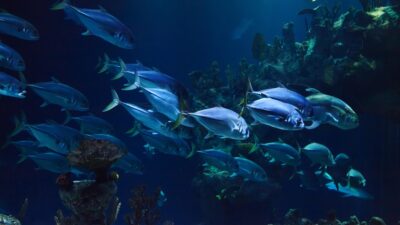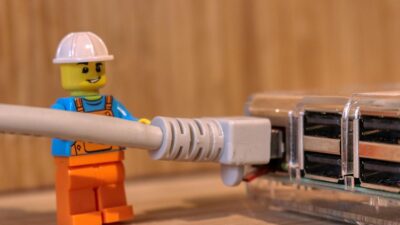The intersection of technology and creativity has always been a fertile ground for innovation. In recent years, artificial intelligence (AI) has emerged as one of the most transformative forces in the art world, opening new avenues for artistic expression and redefining traditional notions of creativity. From generating breathtaking visual art to composing evocative music, AI is revolutionizing how artists create, curate, and interact with audiences. This article explores the multifaceted impact of AI on the art world and what the future may hold.
Redefining Artistic Creation
At its core, AI is primarily a tool that can augment the creative process. Applications like DeepArt, DALL-E, and Artbreeder harness machine learning algorithms to analyze existing artworks and generate new pieces based on learned styles and themes. These platforms allow artists to explore possibilities that were previously unimaginable, blurring the line between human and machine-generated art.
One of the most notable examples is the use of generative adversarial networks (GANs), where two neural networks, the generator and the discriminator, are pitted against each other to create artwork. This method has produced stunning visual pieces that can rival the works of human artists. The algorithm learns from a vast dataset of images, imitating artistic styles and allowing for an almost instantaneous burst of creativity.
Collaborative Innovation
AI is not only a replacement for human creativity but also a collaborator. Artists can engage with AI-powered tools to develop their ideas further, making the process more democratic and inclusive. For instance, collaboration with AI can lead to interactive artworks that change based on viewer input. This fusion of human intuition and machine efficiency expands the creative palette, allowing artists to explore fresh perspectives and concepts.
An excellent example of this collaboration is the project "The Next Rembrandt," where an AI was trained on the works of the Dutch master Rembrandt van Rijn. The outcome was a new painting that incorporated the distinctive elements of Rembrandt’s style—demonstrating how AI can analyze and synthesize human creativity in a meaningful way.
Curatorial Impact and Art Curation
Beyond creation, AI is also redefining art curation and the way we experience art. Algorithms can analyze massive datasets to predict trends, themes, and even the emotional impact of works. Museums and galleries are employing AI to curate collections tailored to specific audience preferences, enhancing visitor experiences.
AI can also streamline the logistics involved in curating exhibitions. For instance, AI can help analyze visitor behavior and preferences, making it easier to design more engaging experiences. Tools that use computer vision are now capable of scanning and cataloging artworks, making it simpler for institutions to manage large collections.
Democratizing Art
In the past, access to artistic education and creation was often limited. With AI tools becoming more accessible, a broader range of people can now engage in artistic endeavors. For aspiring artists, platforms that utilize AI enable them to experiment, learn, and grow without the constraint of traditional artistic skills.
Moreover, AI-generated art has gained popularity on various online platforms, leading to the creation of unique marketplaces where AI art can be bought, sold, or shared. This shift has democratized art by making it more approachable for both creators and consumers.
Ethical Considerations and Challenges
Despite its myriad benefits, the integration of AI in art raises critical ethical concerns. Questions surrounding copyright, ownership, and authenticity have emerged as artists grapple with the implications of machine-generated works. Who owns the rights to a painting created by an AI, or how do we attribute artistic merit in a collaborative project between humans and machines?
Additionally, the reliance on AI can risk homogenizing creativity. While algorithms can replicate and generate styles, they may lack the depth of human emotion and experience. Critics argue that this could lead to a future where creativity is less diverse and reflective of individual artistic voices.
The Future of Art in the Age of AI
As we look to the future, it’s clear that AI will continue to shape the art world. The technology offers vast potential for innovation, enabling artists to explore uncharted territories. While some worry about the implications of AI on creativity, others view it as a partner in the artistic journey—an ally that extends human capabilities.
In evolving the roles of creators, curators, and consumers, AI can usher in a new era of art that reflects a synergy of human vision and machine learning. As we embrace this transformation, the only limit may be our imagination.
In conclusion, AI is not merely a tool for creation but a catalyst for broader artistic engagement and experimentation. As we explore the infinite possibilities it offers, the art world stands on the brink of a renaissance—a new chapter poised to unfold, driven by human ingenuity and the intelligence of machines.



